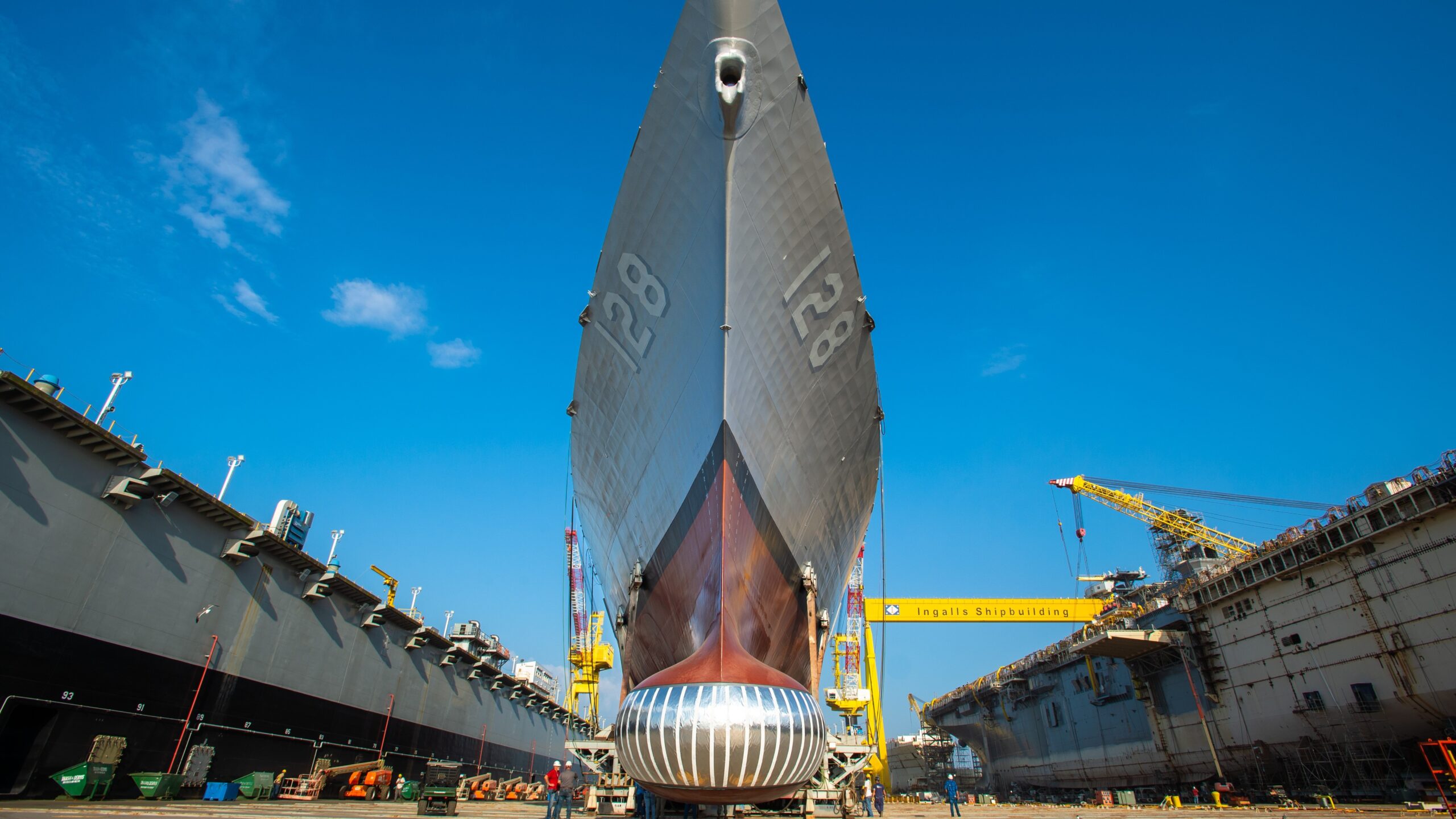
This post is part of a series looking back at the top naval stories from 2023.
This year saw the U.S. Navy and Marine Corps continue their path toward modernizing the naval forces while also balancing large acquisition programs.
With unclear long-range plans, the sea services are pursuing multiple major acquisition programs across domains, while grappling with flat budgets due to a spending deal struck between former House Speaker Kevin McCarthy (R-Calif.) and President Joe Biden.
Meanwhile, the defense industrial base is also trying to figure out how it can build more attack submarines, while recapitalizing the sea-based leg of the nuclear triad and also help sell attack boats to the Royal Australian Navy.
The Marine Corps, for its part, is still buying new Amphibious Combat Vehicles and Naval Strike Missiles. But the Marines and the Navy were once again at odds over the future of amphibious ship procurement.
Surface Ships
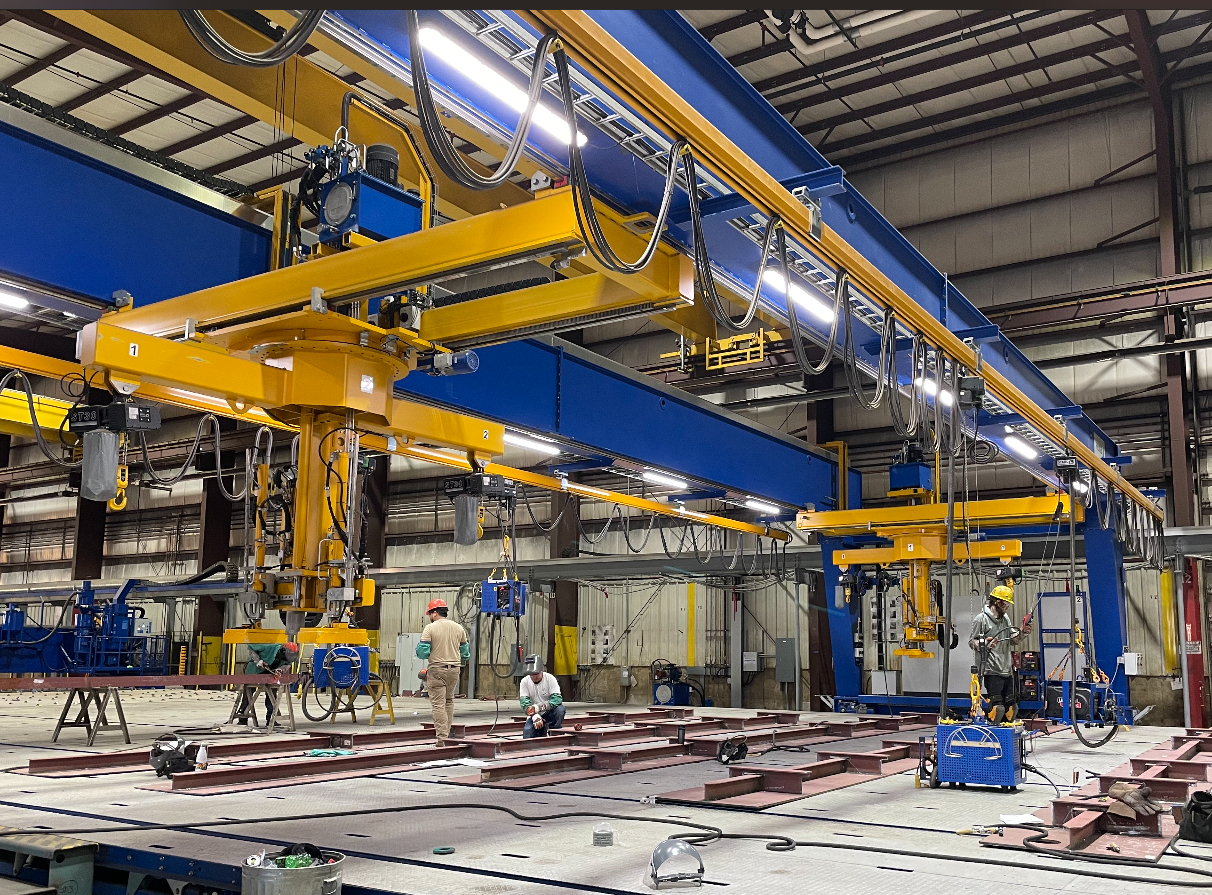
The Navy’s Fiscal Year 2024 budget request sought two Arleigh Burke-class destroyers and two Constellation-class frigates, continuing a steady purchase of both small and large surface combatants. Congressional authorizers approved this request and the appropriators are expected to as well. The Pentagon is currently operating under a continuing resolution through the New Year and lawmakers have yet to complete a final spending bill.
Fincantieri Marinette Marine started fabrication of the first Constellation-class frigate in 2022, nearly two and a half years after the initial contract award because the Navy and Gibbs & Cox had to work through some design issues. The Navy’s latest five-year budget proposal shows the service pursuing a sawtooth procurement plan for the program.
In an April visit to Fincantieri’s yard in Wisconsin, USNI News observed a packed shipyard finishing the last Littoral Combat Ships while working on Saudi Arabia’s multi-mission surface combatant and the U.S. Navy’s new frigates.
Meanwhile, the U.S. Navy this year inked another multi-year procurement deal for the Flight III Arleigh Burke-class destroyers. Over the summer, Naval Sea Systems Command issued three detail design and construction awards – two to HII’s Ingalls Shipbuilding and one to General Dynamics’ Bath Iron Works. The current deal is for 10 ships across five years, with options for five more destroyers, or 15 in total if exercised, USNI News previously reported.
The Navy is also in the research and development stage for its next-generation destroyer, or DDG(X), which will follow the Arleigh Burkes. The Congressional Budget Office’s analysis of the FY 2024 shipbuilding plan estimated that DDG(X) will cost $3.2 to $3.5 billion per ship across the Navy’s three shipbuilding proposals.
Amphibious Ships

For the second year in a row, the Navy and Marine Corps offered diverging paths on the future of amphibious ships.
The Navy’s FY 2024 budget proposal halted the San Antonio-class amphibious transport dock line after the Office of the Secretary of Defense called for a pause on amphibious ship procurement so a team could assess whether the LPD-17 Flight IIs are the most cost effective option. Shortly after the budget rollout, the Marine Corps – for the second year in a row – placed $1.7 billion for LPD-33 at the top of its annual unfunded priorities list.
While a government solicitation posted earlier this year suggested the Navy was pursuing a multi-year deal for the San Antonio-class program, defense officials in August said the pause is still ongoing.
Lawmakers in the FY 2024 National Defense Authorization Act – which is awaiting Biden’s signature – approved $1 billion in incremental funding for LPD-33. It’s unclear what the appropriations will decide.
While the Marine Corps needs the amphibious ships for missions ranging from crisis response to humanitarian aid and disaster relief, the funding to buy them comes out of the Navy’s shipbuilding account.
According to the FY 2024 budget proposal, the Navy plans to buy the Marine Corps’ first Landing Ship Medium in FY 2025. The Marines want the smaller amphibious ship to operate as a simple connector, moving smaller units of Marines between islands and shorelines in the Indo-Pacific It’s unclear how many LSMs the service will buy. The Marine Corps says it needs 35 vessels, while the Navy’s initial plan for the program of record is 18.
Submarines
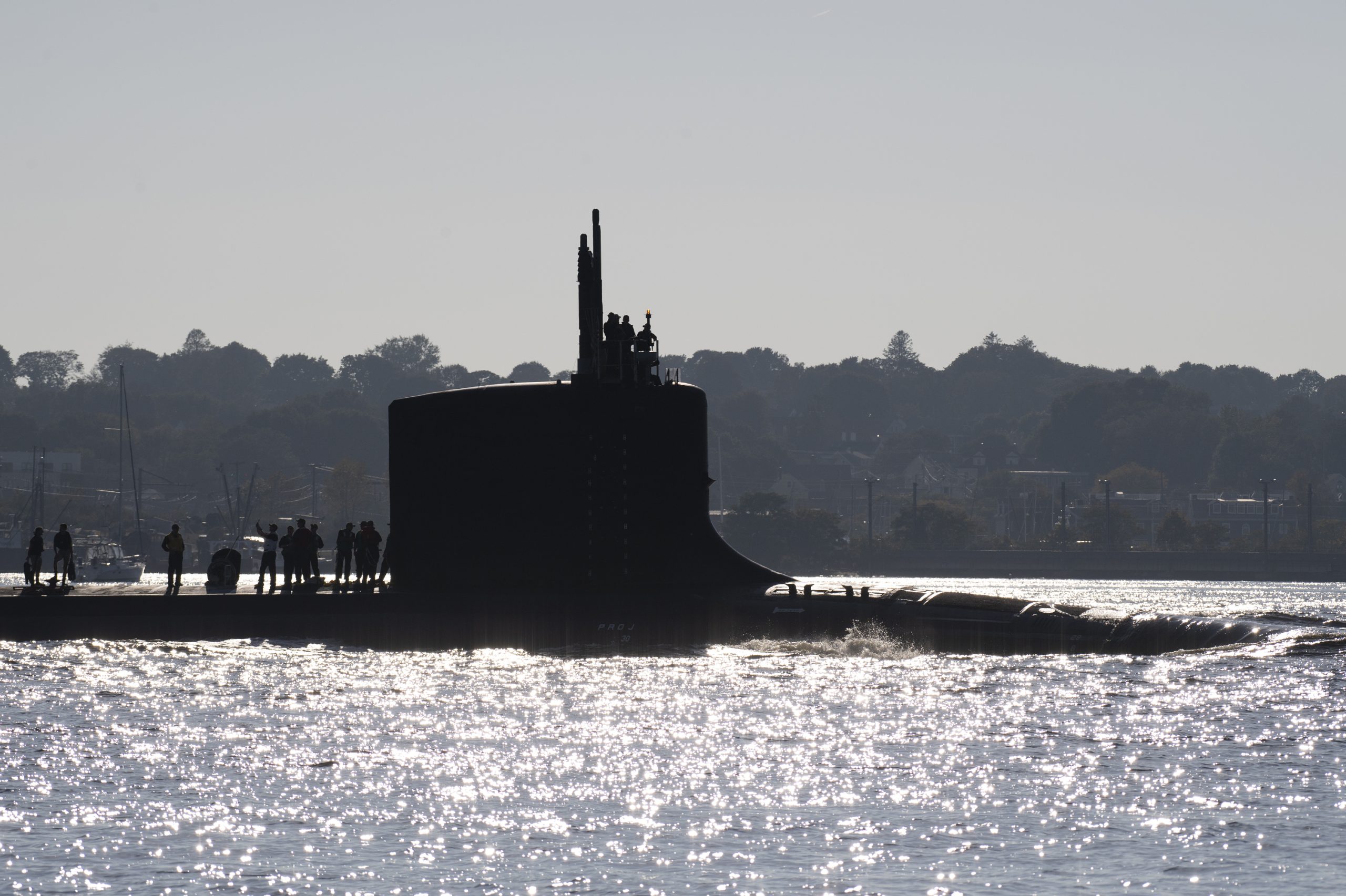
The Navy is pursuing an ambitious plan for submarine procurement in the coming years, as the United States embarks on a generational partnership with the United Kingdom and Australia for the AUKUS pact.
The service is already recapitalizing the sea-based leg of the nuclear triad by building the Columbia-class submarine program, which is its top acquisition program and one that has little schedule margin for delays. As of November, District of Columbia (SSBN-826), the lead boat, was 40 percent finished. As a cushion in case the Columbia program falls behind, the Navy has planned to extend the lives of as many as five Ohio-class boats.
“We have the ability to come off that decision at any time. So up until I go do that availability, I could decide not to do it. And so beyond Alaska, there’s some flux in there, so I don’t want to speculate on what other submarines,” program executive officer for strategic submarines Rear Adm. Scott Pappano told reporters in November.
The goal is for the submarine industrial base to build one Columbia and two Virginia-class attack boats per year. But to sell to the Australians – part of the multi-pronged years-long effort for the Royal Australian Navy to develop and maintain an indigenous nuclear-powered attack boat program under the AUKUS partnership – the U.S. industrial base needs to build 2.33 Virginias per year.
The industrial base is currently building 1.3 Virginia-class attack boats per year. To increase that rate, the White House earlier this year sent Congress a supplemental funding request that would infuse $3.4 billion into the submarine industrial base. Congress has yet to pass legislation that would include that funding.
Meanwhile, the Navy is still working on the requirements for the next-generation attack submarine known as SSN(X). The service expects to finish the analysis of alternatives in FY 2024. The goal is to begin building the first boat in 2030 and deliver it in 2042, the Navy’s director of undersea warfare (N97) told reporters last month.
CBO’s latest analysis of the Navy’s long-range shipbuilding plan puts the cost of SSN(X) at $7.7 to $8 billion per boat, or over $1 billion more than the Navy’s estimate.
Carriers
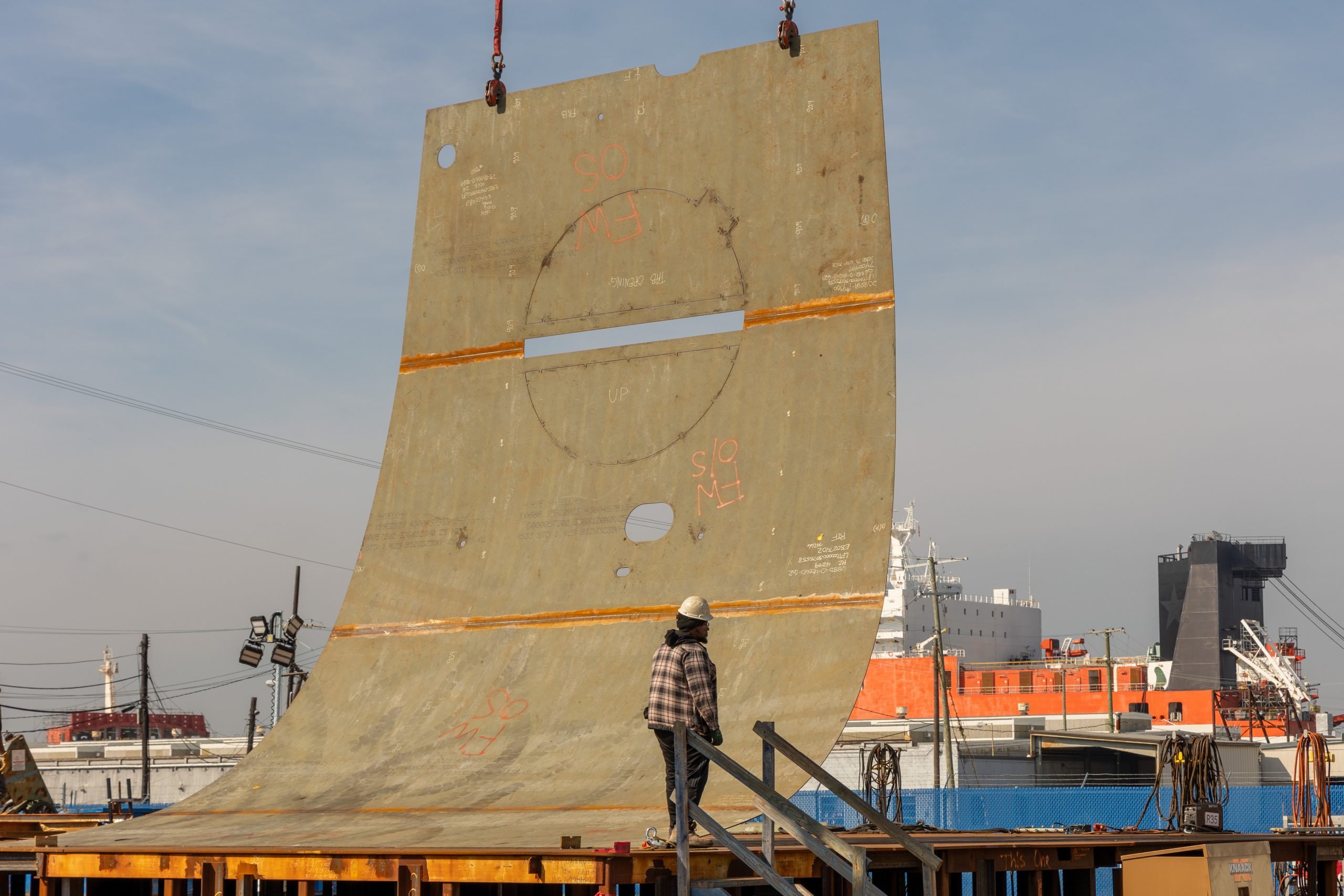
HII’s Newport News Shipbuilding is full. With 20 carriers or submarines either under construction or in for repair, the only shipyard that builds the Navy’s aircraft carriers is currently managing the most work it’s had in 40 years, a company official told USNI News last month.
Newport News is finishing up future carrier John F. Kennedy (CVN-79), which will deliver to the Navy in 2025, a year later than the most recent projection before the FY 2024 budget rollout.
The shipyard is also working on the future USS Enterprise (CVN-80), which the Navy purchased in a block buy with the future USS Doris Miller (CVN-81).
Meanwhile, USS George Washington (CVN-73) re-delivered to the Navy in May after finishing a mid-life refueling overhaul that took nearly two years longer than originally planned. George Washington will head to Yokosuka, Japan in 2024 to replace USS Ronald Reagan (CVN-76) as the Navy’s forward-deployed carrier.
USS John C. Stennis (CVN-74) is also at Newport News for its mid-life refueling overhaul. The carrier arrived at the yard in May 2021.
Aviation
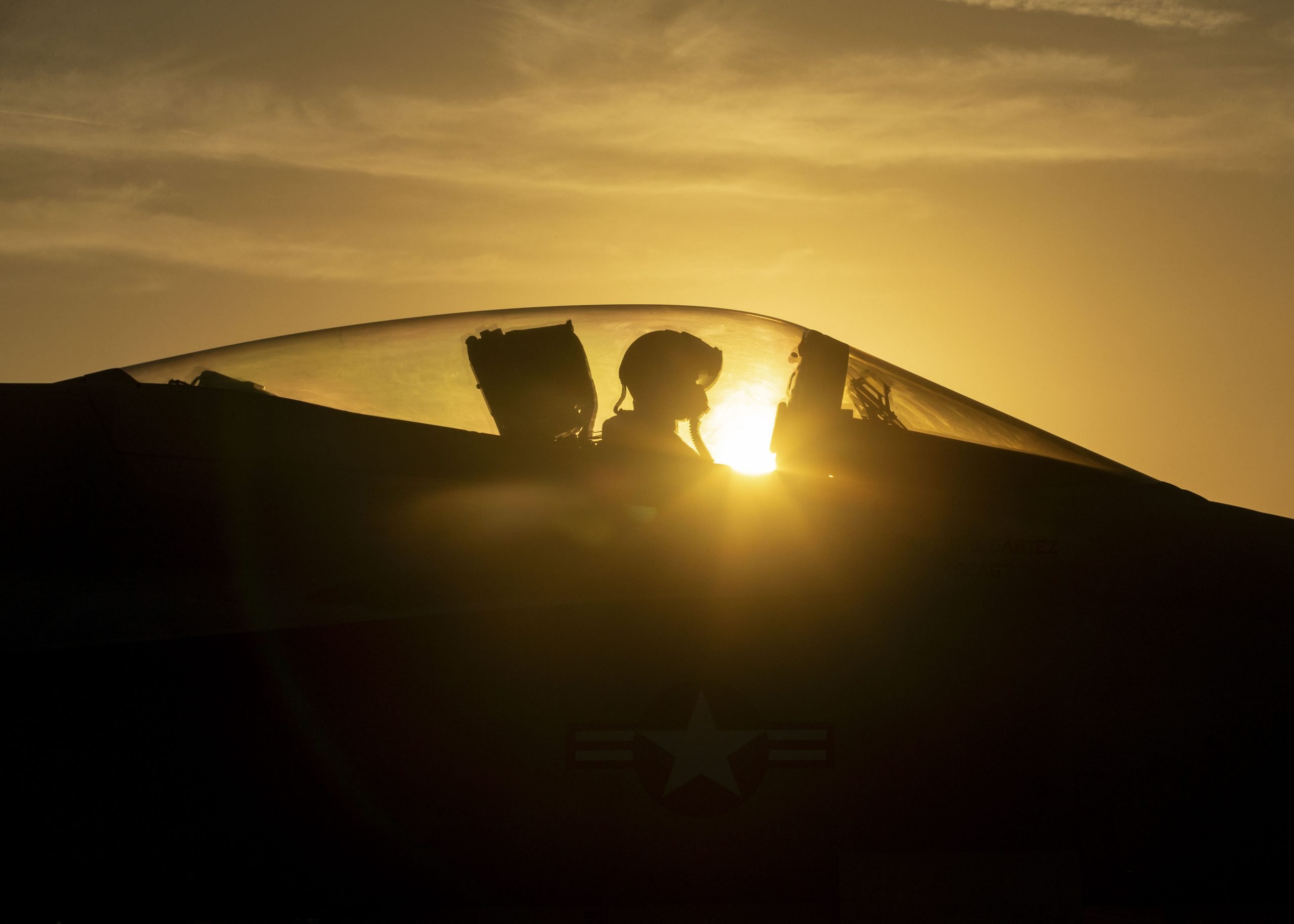
The Navy has kept most details about its sixth-generation fighter classified. Known as the Next Generation Air Dominance (NGAD) program, the idea is for a manned fighter known as F/A-XX to act as the “quarterback” of the NGAD family of manned and unmanned systems.
For three consecutive budget cycles, the Navy kept the research and development funding numbers for NGAD classified. Then, during the FY 2024 rollout in March, the Navy disclosed the funding numbers for the F/A-XX portion.
“What I can tell you though is that is about a $600 million increase from last year’s request,” Rear Adm. John Gumbleton, Navy deputy assistant secretary for budget, told reporters of the $1.53 billion research and development investment in F/A-XX.
But the Navy appears to be spending more than that to develop the overarching NGAD portfolio. Under the same program element as the F/A-XX fighter is “Link Plumeria,” which the Navy sought $572.3 million for in FY 2024, for a total of $2.1 billion including F/A-XX, according to the budget documents.
A July document from the White House Office of Management and Budget associated “Link Plumeria” with the Navy’s F/A-XX program.
“The Administration strongly opposes the $1.1 billion reduction to Project 2937 that supports the Navy’s F/A-XX program,” OMB wrote in a statement of administration policy regarding the House’s version of the FY 2024 defense authorization bill.
“The language makes it impossible for the Navy to satisfy a critical element of the [National Defense Strategy] in support of Joint Force priorities. The 70 percent reduction breaks the program and leaves the acquisition strategy unexecutable. Additional details can be provided at higher classification,” the document continues.
While the House’s draft of the FY 2024 policy bill cut $1.1 billion from the Navy’s request for Link Plumeria, lawmakers in the NDAA conference version of the bill added most of that funding back, approving $2 billion instead of the requested $2.1 billion.
Meanwhile, negotiations between the Navy and Boeing over the final F/A-18 E/F Super Hornet contract are stalled due to the aircraft’s growing price tag, USNI News recently reported.
“We know through that period of time there’s been inflationary pressure. We’ve seen that throughout the Pentagon. So that leads one to the point of a number that would be less than 20 in the final purchase agreement,” Wittman told USNI News.
Unmanned
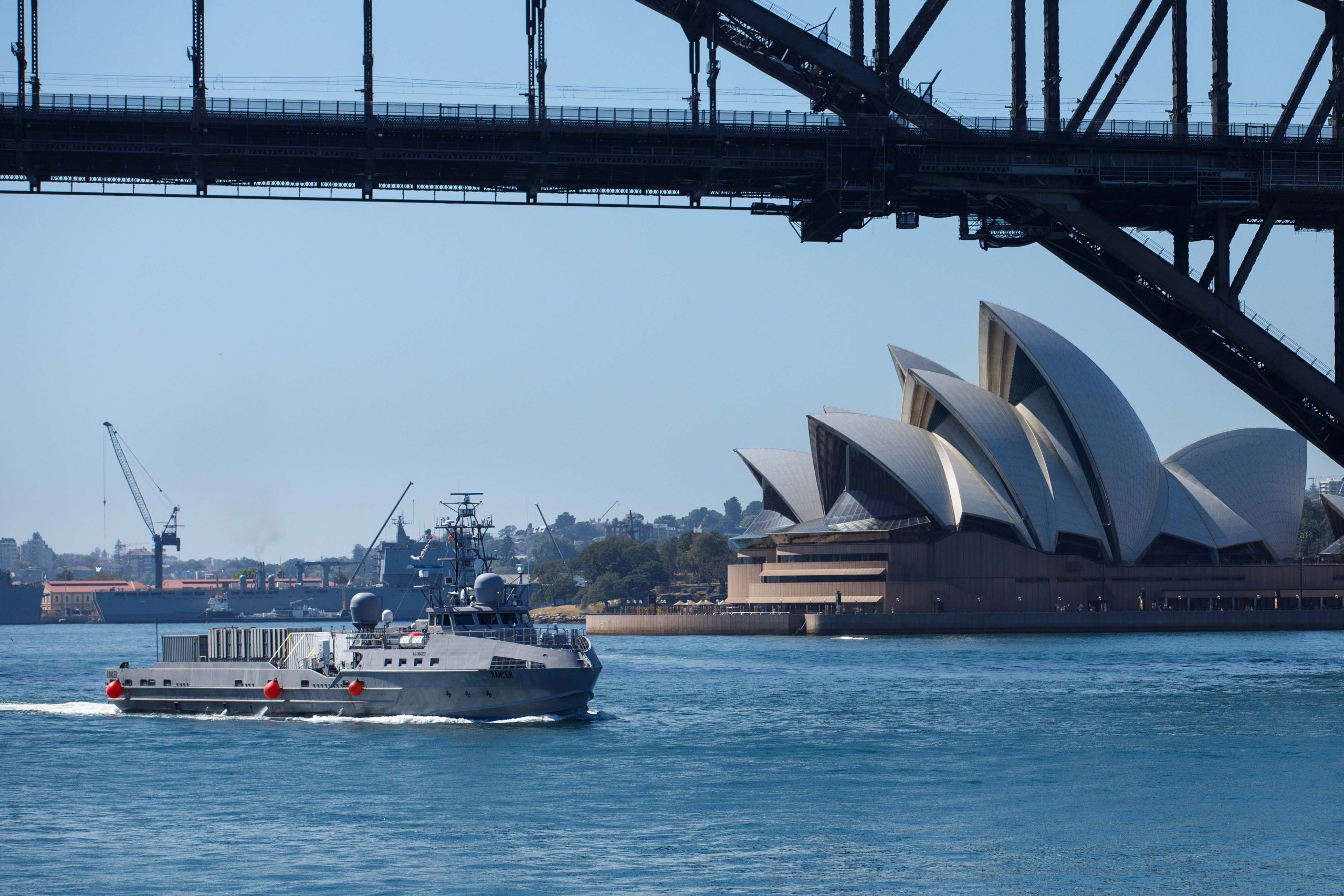
The fate of the Navy’s unmanned surface programs remains unclear. Despite aggressive operational testing, the acquisition paths for the Medium Unmanned Surface Vehicle and Large Unmanned Surface Vehicle are murky.
Earlier this year medium unmanned surface vehicles Sea Hunter and Sea Hawk and the Ghost Fleet Ships Ranger and Mariner embarked on a deployment to the Western Pacific, where the Navy used them to experiment with manned platforms in an effort to quickly understand how to use the unmanned platform operationally.
The Navy is still refining its concept of operations for platforms like MUSV and LUSV and working on its overall unmanned roadmap, Navy officials told USNI News last month.
“We’re not just going to wake up one day and have an unmanned fleet,” Chris Miller, a Navy civilian who is acting as the deputy chief of naval operations for warfighting requirements and capabilities (OPNAV N9), told USNI News in a November interview.
“It’s really a longer-term commitment and really trying to understand the technology and where it fits and how we deliver the most lethal warfighting Navy that we can, in close coordination with our allies and partners,” he added.
Meanwhile, the Navy continued its acquisition of several unmanned aerial vehicles, including the MQ-25A Stingray unmanned aerial refueling tanker, which will take over the refueling mission from the F/A-18Fs in the carrier air wing. The MQ-25A was scheduled to reach initial operational capability in FY 2025, but that timeline has shifted to FY 2026 due to production delays.
Congressional authorizers in the FY 2024 conference bill approved the Navy’s request to buy three MQ-25A, but cut the authorized funding amount from $545.7 million to $346.7, citing the schedule delays.
Marine Corps
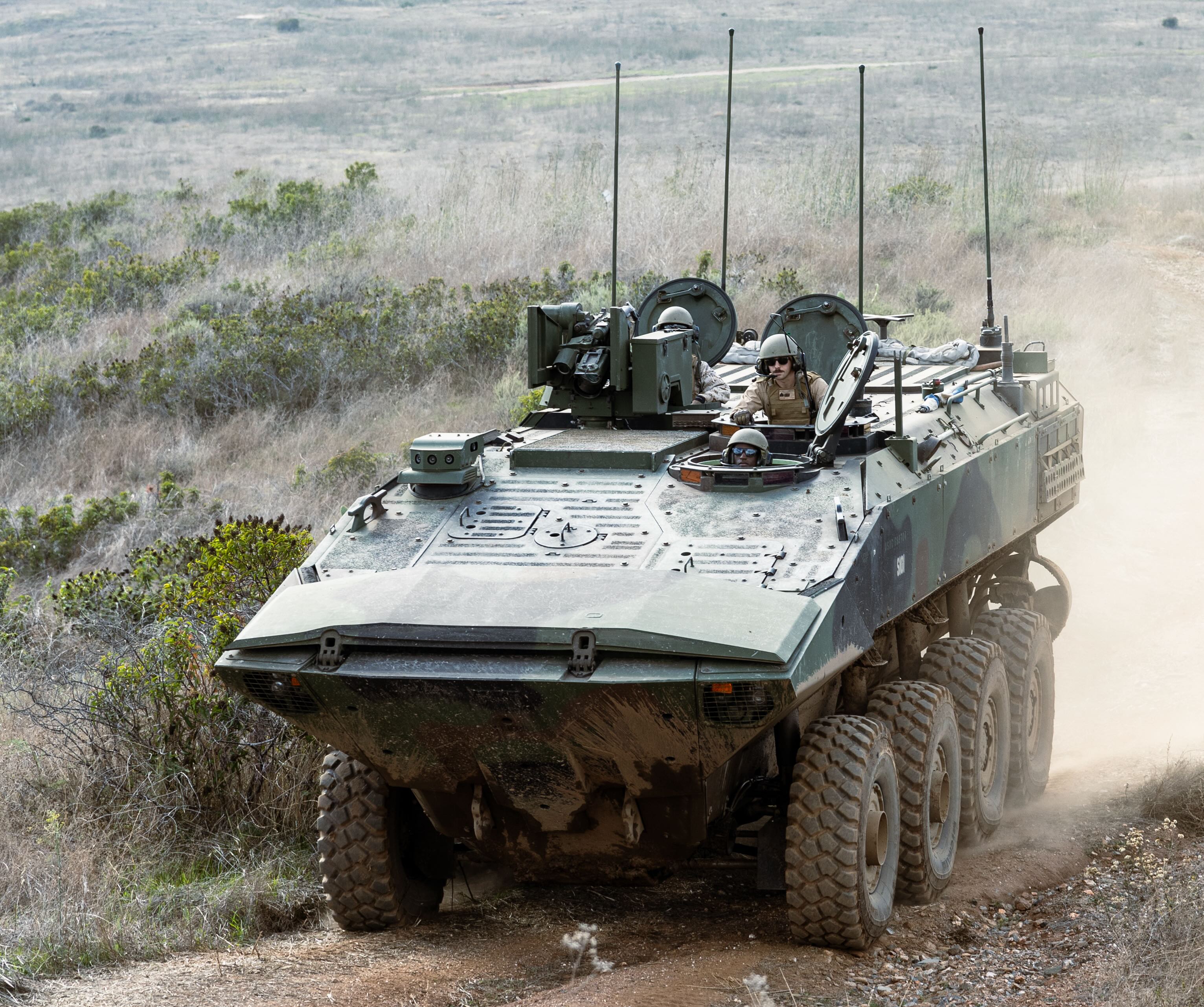
The Marine Corps is still buying the Amphibious Combat Vehicle to replace the legacy Assault Amphibious Vehicles. The service sought 80 ACVs in the FY 2024 budget request, an ask that Congressional authorizers met in the conference version of the NDAA.
But the ACV program continues to hit roadblocks. After several incidents last year in which ACVs tipped over in the surf zone, the Marine Corps delayed the first operational ACV deployment and has yet to say when it will deploy the vehicles. Following last year’s incidents, the service established a new schoolhouse to refine ACV operations.
Earlier this month, an ACV rollover at Marine Corps Base Camp Pendleton killed Sgt. Matthew Bylski and sent 14 other Marines to the hospital.
The Marines are also still buying their new CH-53K King Stallion heavy-lift helicopter. The funding for the helicopters comes out of the Navy’s aircraft procurement account.
The service asked to buy 15 CH-53Ks in the FY 2024 budget, a request Congressional authorizers met in the recent NDAA conference report.
At the end of 2022, Naval Air Systems Command greenlit the CH-53K program to enter full rate production. In August, the Navy issued a $2.7 billion contract modification to Lockheed Martin’s Sikorsky for 35 full rate production helicopters in Lots 7 and 8. Twenty-seven of those helicopters are for the U.S. Marine Corps, while eight will go to Israel, according to a Defense Department contract announcement.





